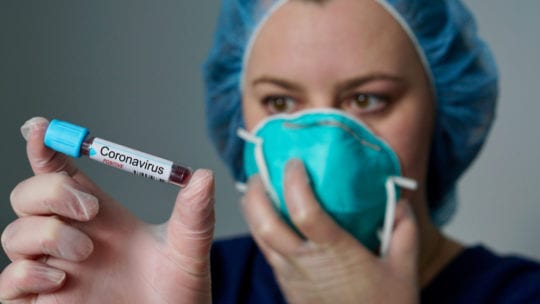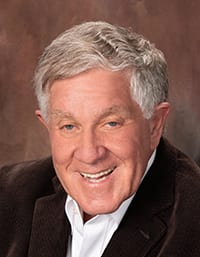
In March, when COVID-19 was declared a pandemic, many of the nation’s communicators realized that they also faced a problem that required an immediate PR response.
How could the government quickly educate and motivate the population to fight this national danger? The public needed to be taught how to identify the symptoms of the virus, locate medical care, socially distance, wear a mask, and find new ways to do everyday tasks.
To succeed, the citizenry needed to be mobilized in a way that possibly had not been done since the end of the second World War.
Tasked with this challenge, the nation turned to a communications tool whose history spans almost 80 years: the Public Service Announcement (PSA).
With almost 60 percent of paid television advertising cancelled or put on hold, broadcasters donated some of their available ad time to the Centers for Disease Control and Prevention (CDC), the American Red Cross and a host of other nonprofits.
Together, with the help of the National Association of Broadcasters (NAB), the Ad Council and PSA campaign specialists, nonprofits were able to quickly reach large national audiences using broadcaster-donated airtime.
“In times of need, PR professionals turn to the airwaves to reach large audiences with critical messages,” said Julia McDowell, CEO and co-founder of Five Ones, a nonprofit marketing agency.
For networks and stations, donating airtime to help nonprofits build awareness is something they have been doing for years. The need was immediate this time, though.

Measuring the Outcome

Co-founder,
Five Ones
Broadcasters donated nearly $100 million worth of airtime to run PSAs related to the novel coronavirus in the six weeks between March 12 and the end of April, according to NAB estimates.
Gordon Smith, NAB’s president and CEO, called this response by broadcasters “extraordinary … As our nation faces these challenging times, broadcasters will continue serving as ‘first informers’ by reporting, comforting and educating.”
Not only did the availability of airtime increase during this period, “but it coincided with a huge increase in the number of people watching television,” noted Steve Edelman, president of Connect360 Multimedia, which manages PSA campaigns for national nonprofits.
“With so many people stuck at home, Nielsen saw audience ratings and PSA viewer impressions soar,” he said. “It was a double bonus for organizations that ran PSAs, whether or not their message was about the coronavirus.”
While Edelman noted that the response to COVID-19 was extraordinary...”in many respects, it was an extension of growth patterns we had been following for years...many PR pros have come to take their reach and effectiveness for granted. I’m also sure most were not aware of how steady the number of PSA airings had been growing in recent years.”

Even before the onset of the coronavirus, Nielsen identified nearly 1,000 PSA campaigns that were receiving almost 1 million free television airings each month. In the first quarter of 2020, Nielsen detected almost 3 million PSA airings (see chart). This was 5 percent more than in the same quarter in 2019, which in turn had been up 8 percent from Q1 in 2018.
Focusing on April and May 2020, the first full months of the coronavirus period, Edelman notes that PSA airings rose 15 percent in April, compared to April 2019, based on Nielsen Media Research data. Airings in May were up 6 percent, compared to May 2019.
Incidentally, Nielsen did not count many coronavirus-specific PSAs shown during this period. This is because their sponsors did not encode them as PSAs. This resulted in those PSA airings being counted as paid commercial advertising.
However, the spots Nielsen categorized as PSAs showed usage patterns similar to those seen in the months and years leading up to the pandemic. This is consistent with data Edelman tracked for PSAs he manages.
“Connect360 PSAs typically make up 1 in every 6 PSA airings Nielsen detects when it looks at all categorized PSAs in distribution in the United States,” he noted.
Looking at the two charts together, Edelman pointed out that television PSA usage has grown steadily during the past three to four years.
A recent survey of television and radio station public affairs directors shows that nonprofit communicators are planning to increase the number of campaigns they run this summer and beyond. 75 percent of stations say will offer more ad time to air messages than would normally be allocated to PSA activities. McDowell conducted the survey.

Lessons Learned
In looking at the factors that led to a successful coronavirus effort, Edelman points out that “they were essentially the things that always influence PSA results,” including the nature of the message and its timeliness, the effectiveness of how messages were delivered to station gatekeepers, the reputation of the PSA distributor, the ability to track and analyze daily station airings on a real-time basis, and the ability to actively manage campaigns and take quick action.
“This,” he says, “makes managing a successful campaign more of a science than an art–one that that depends heavily on analyzing campaign data.”
CONTACT: sedelman@c360m.com
